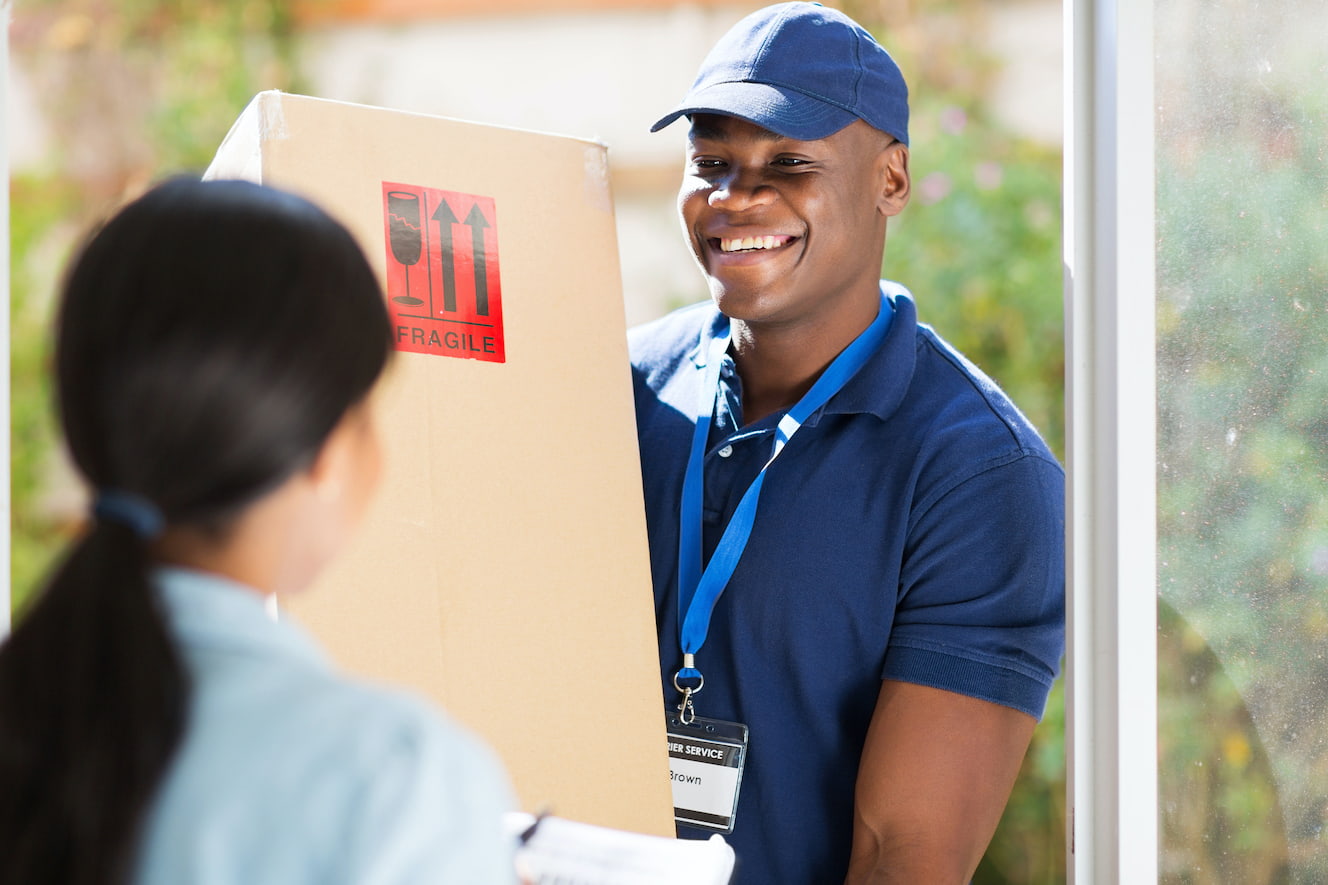The Importance of Shipping in Your Omnichannel Strategy
by EasyPost

Ecommerce trends have many businesses taking an omnichannel approach to fulfillment and shipping. This strategy seamlessly integrates the ecommerce experience for consumers and helps brands stay competitive in the marketplace.
Omnichannel fulfillment has proven successful for many businesses. According to Google Internal Data, this strategy drives an 80% higher rate of incremental store visits. So naturally, this has caused many retailers to rethink their approaches to fulfillment and shipping. There are several ways to strategize shipping within an omnichannel strategy, and finding the right fit will likely set retailers up for success.

What is omnichannel fulfillment?
The process of fulfilling orders across multiple channels, such as brick and mortar retailers, ecommerce platforms, and other sales channels, forms an omnichannel fulfillment strategy. This approach relies on technology to distribute inventory across stores and warehouses to optimally meet consumer demand and prevent unnecessary overstock. Whether through in-store shopping, online orders, or curbside pickup, omnichannel fulfillment helps retailers better reach their customers and offer a smoother shopping experience.

Omnichannel shipping strategies
Shipping under an omnichannel fulfillment strategy can take form in several ways. Some businesses prefer to have full control over their fulfillment process and complete it in-house. Larger companies that take this approach usually work out of a warehouse and hire a team of employees to fulfill orders. This can bring challenges to over or under-stocking a warehouse, primarily if the space is leased.
Other businesses outsource their fulfillment to a third-party logistics company. 3PLs are ecommerce fulfillment companies that provide logistics services, such as warehousing, inventory management, shipping, picking and packing, and returns. By working with a 3PL, companies free up time to focus on other aspects of their business and can be confident that professionals are handling their products.
Some companies do both and take a multichannel approach to distribution. For example, they may fulfill some orders themselves while relying on a 3PL for a separate part of the business. How a business is set up can help companies reach their customers better and reduce the risk of delays.
Depending on the setup of the retailer, different shipping strategies might fit different companies better. Some rely more on a brick-and-mortar location, while others are complete ecommerce – and many are somewhere in the middle. Examine your business and consider what fulfillment strategies would work best.

Optimizing omnichannel shipping
Optimizing your omnichannel shipping involves simplifying the process for both shoppers and sellers. The shopping and fulfillment process combines sales channels, like in-store shopping, online orders, or curbside pickup. This can be achieved through several methods and even save money along the way.
If you have a brick-and-mortar location, you can save on fulfillment costs by offering to buy online and pick up in-store. If a product does go through the fulfillment process, optimize your logistics to find the cheapest and fastest way to ship that your labor force can manage while still meeting company standards. For some businesses, this involves emphasizing in-demand geographic areas, improved tracking and returns, and fulfilling orders from an ideal location. It is all about finding the best balance between cost, profit, and customer experience.

Challenges and benefits of omnichannel shipping
Many retailers have found major success in omnichannel shipping, but that doesn't mean it comes without a set of challenges. Managing inventory across different channels is not an easy task. It's vital to make sure everything is counted correctly and that stock levels are maintained through accurate forecasting. Other businesses struggle with omnichannel fulfillment because getting started can be expensive and time-consuming. It's an investment to kickstart this fulfillment strategy between finding a fulfillment warehouse, purchasing equipment and technology, and finding the right fulfillment team. That's why so many retailers partner with 3PLs who are already experts in omnichannel fulfillment.
Despite these challenges, there are many upsides to omnichannel shipping, which is why it has become so popular in recent years. When implemented correctly, the fulfillment process becomes streamlined, improving efficiency and accuracy for shipping across the board. In addition, since the process is so intricate, it will likely enhance a retailer's data reporting. With more information, businesses can gather which logistical aspects are performing well and where there is room for improvement. And, of course, consumers also stand to benefit from an omnichannel experience. With greater options and a simplified online experience, shoppers will be more likely to return – especially when their orders arrive quickly.
Getting started with omnichannel fulfillment
Implementing an omnichannel fulfillment strategy doesn't happen overnight. Start by examining your current fulfillment and customer data – in many cases, that will reveal which aspects of a business need the most improvement. From there, develop a game plan of how you want the fulfillment process to operate and begin implementation.
Maybe you think it's best to go with a 3PL, or perhaps you're ready to take on the fulfillment yourself. Either way, a solid omnichannel shipping strategy starts with powerful shipping software. EasyPost's modern shipping API offers a variety of shipping solutions, like label generation, rating, tracking, insurance, and address verification.
Want to learn more about how EasyPost can enhance an omnichannel shipping strategy? Click here to speak with one of our shipping experts or sign up for free today.